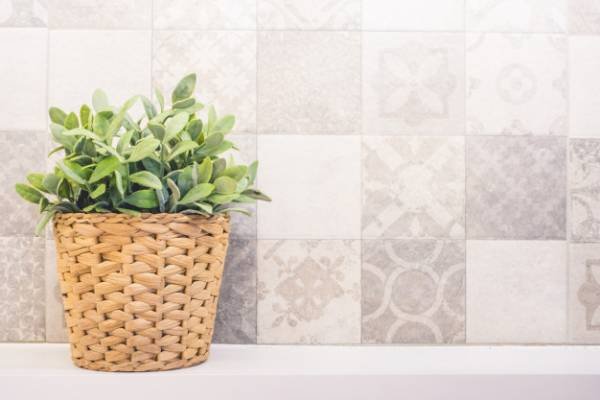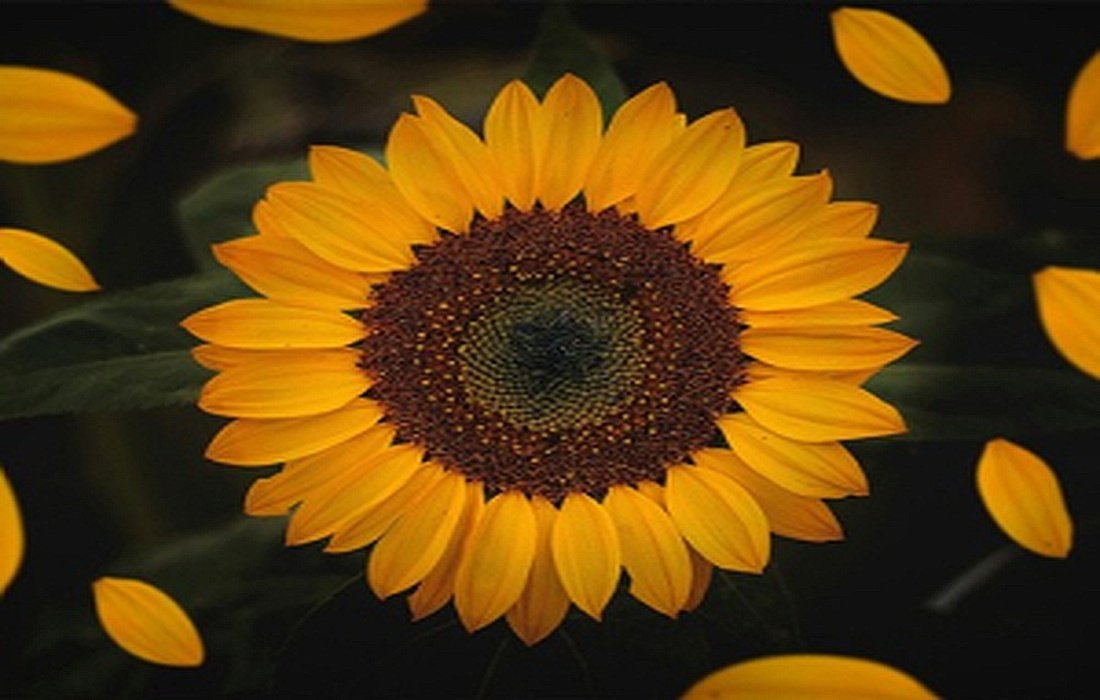A solution for cottony and powdery mildew on houseplants.
White mold appearing on plants, resembling a fuzzy substance, is caused by fungal microbes. These microbes rapidly grow on the leaves and stems of plants, creating white, powdery spots.
This white powder affects indoor and outdoor plants, termed mildew, usually occurring when the plant is in a humid and warm growth cycle.
These mildews do not destroy healthy plants but do impact their growth. The microbes in the air easily infect nearby plants and leave their effects on the soil as well.
Plants susceptible to these mildews.
White fungal infections can affect most plants; however, some types of trees, plants, and flowers are more likely to experience these powdery mildews. Generally, these fungi thrive in warm and humid environments, which is why they are more prevalent during hot, humid summer months.
Indoor plants prone to these mildews include African violets, begonia, pothos, kalanchoe, jade plant, and red leaf plants.
Outdoor plants susceptible to these white fungal infections include lilac, apple trees, roses, and strawberry plants.Strawberries, dahlias,oak, and hydrangeas.

Are these mildews dangerous to plants?
Generally, seeing a powdery layer on plant leaves is not alarming. These white fungi are not hazardous to the plants, and the presence of some on leaves is not entirely preventable. However, this mildew is not aesthetically pleasing on soil or leaves, so you will likely want to get rid of it as soon as possible.
Home remedies for white mold on houseplants.
- To eliminate these mildews on indoor plants, you can use a mixture ofbaking sodaand water andsoap.You can also use milk spray, which helps neutralize these mildews.
- Neem oil is another contender against these mildews on houseplants.
- In this section of
SelMagzwe will elaborate on these methods.Treatment of mildew on plants with baking soda.

To make a baking soda spray, you need:
one tablespoon of baking soda mixed in half a gallon of water.
- Add half a teaspoon of liquid soap to this mixture and stir well.
- Then fill a spray bottle with this mixture and spray it on the mildew on the leaves and stems.
- Allow the plant to dry.
- Repeat this until the white spots disappear.
- If this solution is not effective, you can use
- bicarbonate of potassiumas it is a strong anti-fungal spray.This mixture allows the baking soda to adhere to the plant’s leaves and separates the mildews.
- Treatment of mildew on plants with neem oil spray.

You can use neem oil for spraying on these plants to ward off mildews, but how do we prepare this spray?
Combine two teaspoons of organic neem oil with half a gallon of water.
- Add a teaspoon of liquid soap to it.
- Then pour it into a bottle and spray it on the mildews on the plant.
- Treatment of mildew on plants with milk spray.
To use milk spray, just follow these steps:
Prepare a solution in a ratio of 40 to 60 of milk to water.
- Then fill the spray bottle with this solution and spray the white parts on the leaves and stems, and place them in
- sunlightto dry.Then repeat this every 10 to 14 days until the mildews are gone.
- These white fungal infections on plants are non-harmful, and getting rid of them is relatively easy; just create a homemade anti-fungal spray using the methods mentioned. For instance, baking soda is an effective substance for eliminating these mildews on leaves.
Additionally, you can use an anti-fungal and microbe spray as explained; just mix some milk with water and spray it on the leaves. Besides these, if you pay attention to how much water you give the plant, you will get rid of these mildews.
What causes mildews on plants?

To know how to prevent these mildews, you first need to understand when they occur more often. There are four factors that cause these fungal infections:
Warm weather between 60 to 80 degrees Fahrenheit.
- Warm, humid air.
- Insufficient sunlight.
- Poor air circulation.
- How to prevent mildews on plants?
To create good conditions for the plant, just consider the following tips:
Choose the right location:
You should place the plant in a spot where it receives morning sunlight. Morning sunlight helps eliminate humidity from the night.
Improve air circulation:

If a plant has mildew, it is best not to place it near other plants. Placing several plants close together increases the chance of humidity rising and thus the occurrence of mildew.
Regularly inspect the plant:
Check specific spots for mildew on the leaves every few days. If you see sick leaves, remove them to prevent the plant from getting spoiled. Also, be mindful of the dryness of the soil.
Proper watering for the plant:
White mold disease increases in humidity, so avoid overwatering.
White mold on plants







